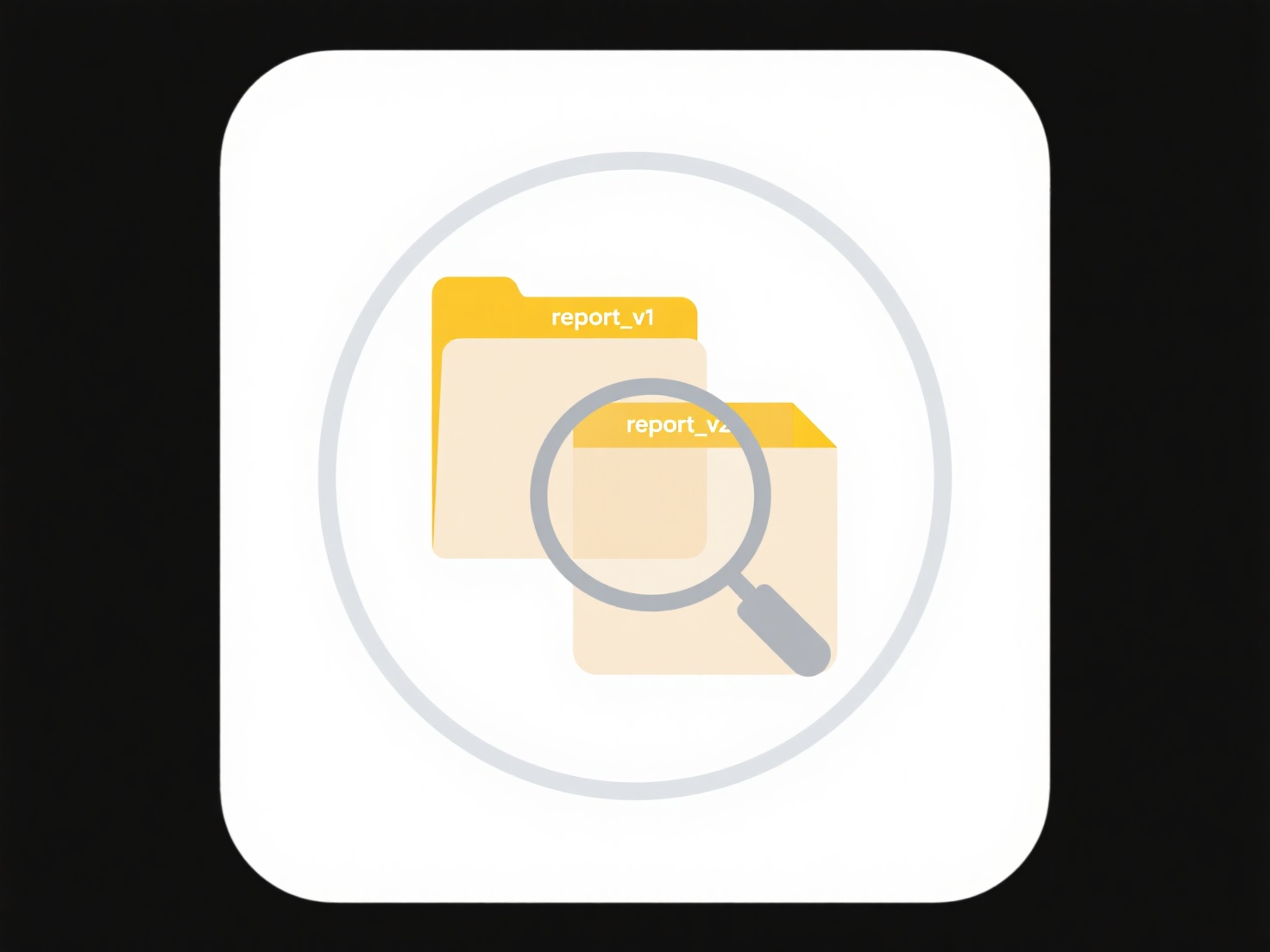
Cloud files can indeed be encrypted. Encryption is the process of scrambling data (plaintext) into an unreadable format (ciphertext) using mathematical algorithms and a secret key. Cloud files are encrypted primarily in two scenarios: "at rest" while stored on the server, and "in transit" while being uploaded or downloaded. This differs from simply storing files as readable data; encryption ensures that even if someone gains unauthorized access to the physical server or intercepts data transmission, they cannot decipher the actual content without the specific encryption key.

Examples of this practice are widespread. Cloud storage services like Dropbox, Google Drive, and OneDrive offer server-side encryption by default for data at rest, meaning files stored on their servers are encrypted automatically. Additionally, businesses commonly use client-side encryption (like Boxcryptor or built into enterprise tools) before uploading sensitive documents or database backups to cloud platforms like AWS S3 or Azure Blob Storage, where they remain encrypted while stored. This is crucial for industries handling regulated data, such as finance and healthcare.
The primary advantage is enhanced security and compliance, protecting data against breaches. However, users must manage encryption keys securely; losing keys typically means permanently losing access to the data. Some cloud providers manage keys for you ("managed keys"), limiting exposure but potentially giving them access. Future developments include more accessible user-controlled encryption and homomorphic encryption allowing computation on encrypted data without decryption.
Can cloud files be encrypted?
Cloud files can indeed be encrypted. Encryption is the process of scrambling data (plaintext) into an unreadable format (ciphertext) using mathematical algorithms and a secret key. Cloud files are encrypted primarily in two scenarios: "at rest" while stored on the server, and "in transit" while being uploaded or downloaded. This differs from simply storing files as readable data; encryption ensures that even if someone gains unauthorized access to the physical server or intercepts data transmission, they cannot decipher the actual content without the specific encryption key.

Examples of this practice are widespread. Cloud storage services like Dropbox, Google Drive, and OneDrive offer server-side encryption by default for data at rest, meaning files stored on their servers are encrypted automatically. Additionally, businesses commonly use client-side encryption (like Boxcryptor or built into enterprise tools) before uploading sensitive documents or database backups to cloud platforms like AWS S3 or Azure Blob Storage, where they remain encrypted while stored. This is crucial for industries handling regulated data, such as finance and healthcare.
The primary advantage is enhanced security and compliance, protecting data against breaches. However, users must manage encryption keys securely; losing keys typically means permanently losing access to the data. Some cloud providers manage keys for you ("managed keys"), limiting exposure but potentially giving them access. Future developments include more accessible user-controlled encryption and homomorphic encryption allowing computation on encrypted data without decryption.
Quick Article Links
Why does my organization block file sharing externally?
Companies block external file sharing to control security risks and prevent unauthorized data exposure. This involves re...
Why are mobile downloads saved in different locations?
Mobile downloads save in different locations primarily due to app independence, organizational structure, and user choic...
Can I compare search results over time?
Comparing search results over time involves analyzing data from past searches to identify changes in rankings, content v...